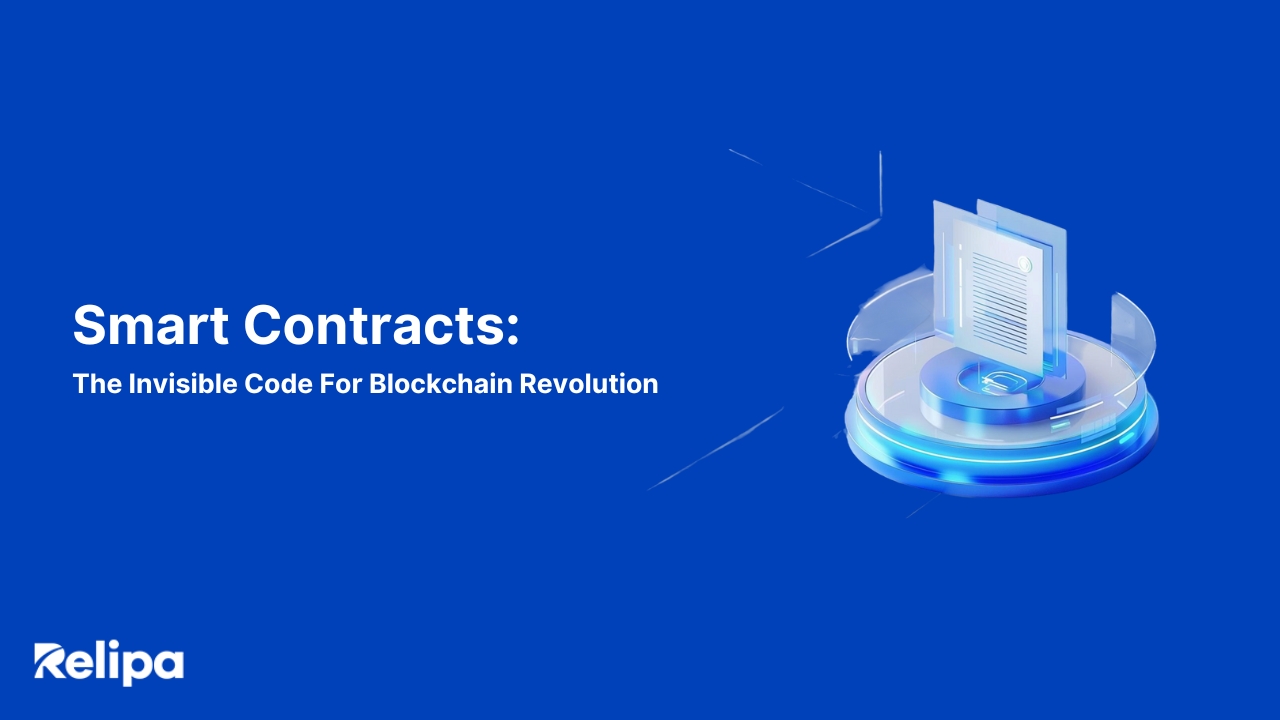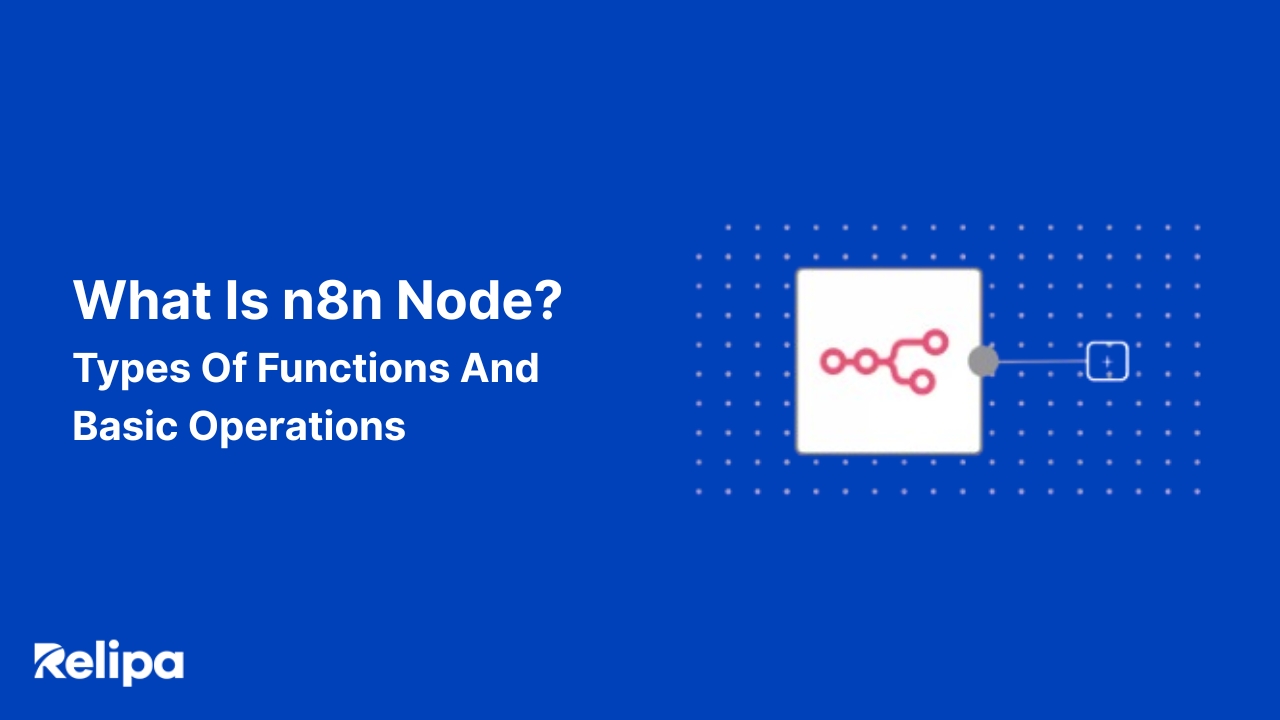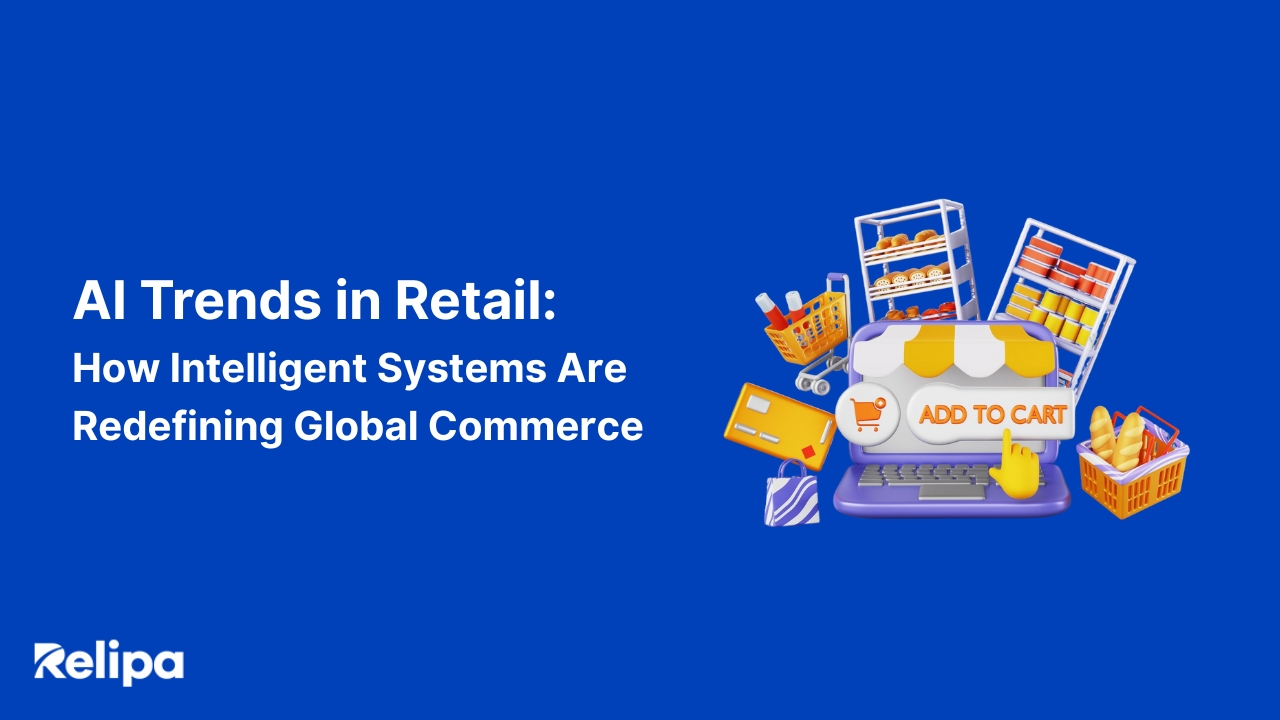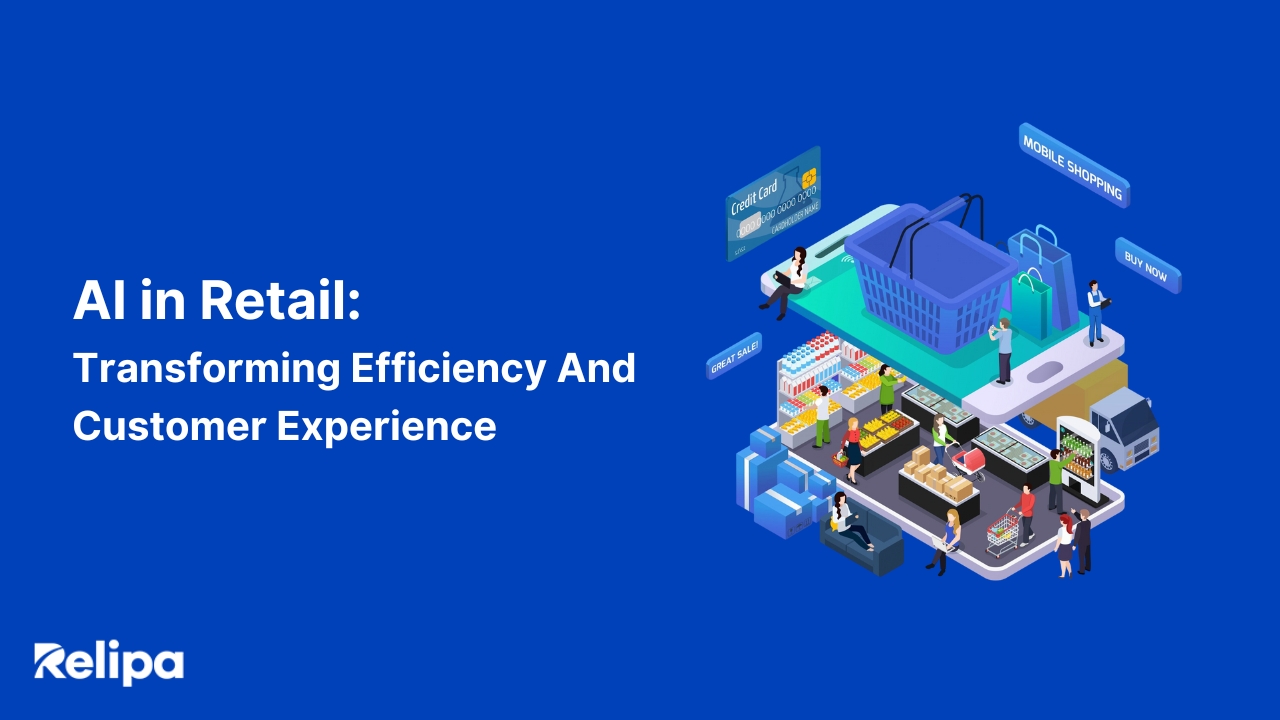What Are Smart Contracts? The Invisible Code Powering The Blockchain Revolution
Before blockchain, every deal relied on trust, and on the intermediaries who enforced it. Banks handle our money. Lawyers validated our agreements. Platforms acted as referees for every digital transaction. We depended on them to keep the system honest, even if it meant slowing things down, adding costs, and sometimes introducing bias.
Then came blockchain, and with it, a radical question: What if trust didn’t need a middleman at all? Smart contracts emerged as the answer. Instead of relying on human oversight, they embed trust directly into code. They transform promises into programmable logic that automatically executes when conditions are met, no waiting, no oversight, no room for manipulation. A transfer, a payment, a verification, all handled instantly and transparently across a decentralized network.
So what exactly are smart contracts? How do they work, and why are they transforming industries from finance to supply chains? Let’s explore how this new form of collaboration is reshaping the future of trust in the digital age.
Understanding Smart Contracts
A smart contract is a self-executing program stored on a blockchain that automatically carries out actions when predefined conditions are met. Think of it as a digital “if-then” agreement: if the conditions are satisfied, then the transaction happens, no delays, no disputes, no intermediaries.
This concept isn’t new. It was first introduced in the 1990s by computer scientist Nick Szabo, who imagined contracts as digital protocols that could enforce themselves. Yet it wasn’t until the launch of Ethereum in 2015 that smart contracts became truly practical, thanks to a blockchain designed to execute code in a decentralized way.
Unlike traditional contracts written in legal language, smart contracts are written in programming languages like Solidity, Rust, or Vyper. Once deployed, the code resides on the blockchain, where it cannot be altered or tampered with. Every node in the network verifies the execution, ensuring the outcome is fair and transparent.
How Smart Contracts Work
Behind every smart contract is a simple but powerful logic: automation through consensus. When two parties agree to a digital transaction, say, exchanging tokens or verifying an identity, they define the conditions in code. The contract is then deployed to the blockchain, where it sits waiting for inputs. Once the trigger condition is met, the blockchain validates the action and executes it automatically.
For example:
- You send 2 ETH to a crowdfunding contract.
- The contract checks if the funding goal has been reached.
- If yes, it transfers your contribution to the project wallet. If not, it refunds you automatically.
Every step is recorded on the blockchain, visible to anyone, and irreversible once confirmed. There’s no need for human oversight, the code becomes the arbiter of truth. This mechanism creates trust through transparency, users no longer have to rely on an intermediary’s integrity, only on the accuracy and security of the code.
Smart Contracts vs. Traditional Contracts: When Trust Becomes Code
For centuries, contracts have relied on a simple foundation: human trust, backed by law. Two or more parties agree on terms, sign their names, and depend on courts or intermediaries to make sure everyone follows through. The system works, but it’s slow, expensive, and often vulnerable to human error or bias.
Smart contracts rewrite that dynamic. Instead of trusting people or institutions, you trust code. Every rule and outcome is embedded in a blockchain program that executes automatically once predefined conditions are met. No waiting for approvals, no room for excuses, the moment the logic says “yes”, the contract acts.
|
Aspect |
Traditional Contracts |
Smart Contracts |
|
Execution |
Require manual action and external enforcement. Parties must fulfill obligations themselves, and disputes often go through legal systems. | Execute automatically when coded conditions are met. No human intervention, transactions complete instantly and verifiably on-chain. |
|
Trust Model |
Based on human relationships and third-party institutions (banks, courts, notaries). Trust is social and legally enforced. | Based on cryptography and consensus among blockchain nodes. Trust is mathematical and distributed. |
|
Flexibility |
Can be amended or renegotiated by mutual consent, allowing adaptation to changing circumstances. | Immutable once deployed, unless programmed with upgrade or “escape” mechanisms. Provides security but limits adaptability. |
|
Transparency |
Usually private, visible only to parties involved or authorized legal entities. | Public and auditable. The code and transaction history are visible to anyone on the blockchain. |
|
Speed & Cost |
Slower, involving paperwork, mediation, and legal fees. | Faster and cheaper, as automation removes intermediaries and reduces administrative overhead. |
|
Enforcement |
Requires legal interpretation or court enforcement in case of disputes. | Enforced automatically by the blockchain, outcomes are deterministic and cannot be reversed. |
|
Error Handling |
Human judgment can resolve ambiguities or unforeseen cases. | Code executes exactly as written, mistakes in logic can lead to unintended outcomes. |
In short, smart contracts replace bureaucracy with cryptography, offering speed, precision, and transparency at the cost of flexibility and nuance. But they don’t fully replace traditional law. Human interpretation still matters when real-world complexity or intent can’t be captured in code. The future likely lies in a hybrid model, where automation and human judgment coexist, blending efficiency with empathy.
Real-world Applications of Smart Contracts
Smart contracts have evolved far beyond theory. In 2025, they are quietly powering a digital economy worth hundreds of billions, coordinating loans, securing art ownership, verifying global shipments, and even managing autonomous organizations. Let’s explore how they’re reshaping industries across finance, art, and logistics.
DeFi: The Billion-Dollar Engine of Autonomous Finance
DeFi remains the most advanced field for smart contract adoption, a financial ecosystem run entirely by code.
According to CoinLaw (2025), the total value locked (TVL) across DeFi protocols has reached $123.6 billion, marking a 41% year-over-year increase. Ethereum still dominates with over 63% of all DeFi activity, though emerging chains like Arbitrum and Base are gaining traction.
- DeFi lending protocols currently manage over $51 billion in active loans, according to the same report.
- Aave, one of the largest decentralized lending platforms, continues to lead the sector, at times accounting for nearly 45% of all DeFi TVL
- On the trading side, Uniswap v4 surpassed $1 billion in TVL and more than $110 billion in cumulative trading volume within 2025
Every transaction, from lending to token swaps, is governed by smart contracts. These autonomous scripts handle collateral, interest, liquidity, and rewards without banks or brokers. The result: a fully transparent, programmable financial layer where trust is replaced by verification.
NFTs & Digital Ownership: Beyond Collectibles
The NFT landscape has matured into a multi-billion-dollar economy centered on digital ownership and creative rights. As of early 2025, the global NFT market is valued at approximately $49 billion, with Ethereum powering 62% of total NFT transactions
Smart contracts in NFTs do far more than mint images, they govern ownership, enforce royalties, and ensure fair resale distribution. Every transfer is traceable on-chain, and creators automatically receive payments when their work is resold.
The use of tokenized real-world assets (RWAs), such as real estate, music rights, or gold, is rising sharply, allowing investors to trade traditionally illiquid assets as NFTs.
However, transparency also exposes vulnerabilities. A 2025 arXiv study analyzing over 49,000 NFT contracts found hidden “backdoors” that could allow malicious developers to drain funds or manipulate ownership, underscoring the ongoing tension between openness and security.
Supply Chain & Logistics: Automating Global Trust
Smart contracts are also transforming global logistics by embedding accountability into every stage of the supply chain. Each transaction, from production to delivery, can be automated based on verified data inputs, ensuring payment, authenticity, and compliance.
- IBM and Maersk’s TradeLens project demonstrated blockchain’s scalability by tracking over 30 million shipping containers before the project was retired, proving feasibility at enterprise scale.
- Walmart’s food traceability pilot reduced the time to trace a mango’s origin from 7 days to just 2.2 seconds, thanks to blockchain-based data verification.
Analysts project that the global blockchain supply chain market will reach $25 billion by 2032, driven largely by smart contract integration. Imagine a shipment of vaccines monitored by IoT sensors: when all checkpoints confirm the correct temperature range, the contract automatically triggers payment. No paperwork. No delays. No middlemen.
Expanding Horizons: Insurance, DAOs, Energy & Digital Identity
The reach of smart contracts extends into emerging frontiers:
- Parametric insurance uses them to automatically pay claims when measurable events (like flight delays or storms) occur.
- DAOs (Decentralized Autonomous Organizations) run on smart contracts, automating proposals, voting, and fund allocation without centralized management.
- Peer-to-peer energy trading lets homeowners sell excess solar energy directly to neighbors, with instant verification and settlement.
- Decentralized identity (DID) systems give users full control over personal data, granting or revoking access through smart contracts rather than centralized databases.
The Future of Smart Contracts
Smart contracts are no longer a fringe concept confined to crypto circles, they’re rapidly becoming the digital backbone of global cooperation. Despite lingering limitations, they mark a profound shift in how humans design trust, enforce agreements, and move value across borders.
From Automation to Intelligence
The next generation of smart contracts is not just about automation, but adaptation. In 2025, developers are experimenting with AI-enhanced smart contracts that can interpret external data, assess risks, and even learn from transaction patterns. These contracts could dynamically adjust terms, for example, changing collateral ratios based on real-time market volatility, without human intervention.
Projects like Fetch.ai and SingularityNET are pioneering this convergence of AI and blockchain, hinting at a future where contracts evolve from static code to autonomous agents capable of making informed decisions.
Solving Scalability and Interoperability
Scalability has long been a bottleneck for blockchain adoption. But new infrastructure is rewriting that story.
- Layer 2 networks such as Optimism, Arbitrum, and zkSync are enabling smart contracts to execute faster and cheaper by processing transactions off-chain while maintaining mainnet security.
- Cross-chain interoperability protocols like LayerZero, Axelar, and Wormhole are bridging previously isolated ecosystems, allowing smart contracts on different blockchains to communicate seamlessly.
This means a single contract deployed on one chain could soon trigger actions across multiple networks, for example, executing a loan on Ethereum while verifying collateral stored on Solana or Avalanche.
The Rise of Smart Legal Contracts
While code can automate logic, it can’t yet handle ambiguity, and that’s where smart legal contracts come in. Legal scholars and regulators are working to integrate programmable contracts with enforceable legal frameworks, ensuring that what’s coded on-chain can also stand in court.
- The UK Law Commission (2023) recognized smart contracts as legally enforceable under English law, setting a precedent for future regulatory adoption.
- In the U.S., states like Tennessee and Wyoming have already passed legislation defining smart contracts as valid forms of agreement.
- The EU’s Markets in Crypto-Assets (MiCA) framework, rolling out through 2025-2026, will likely establish formal guidelines for blockchain-based agreements.
This convergence of code and law is creating a hybrid landscape where logic executes automatically, but outcomes remain legally binding. In essence, smart contracts are evolving from experimental scripts into digitally enforceable legal infrastructure.
Security and Formal Verification
As smart contracts manage billions in assets, the stakes have never been higher. 2025 has already seen a renewed focus on formal verification, the mathematical process of proving that code behaves exactly as intended.
Major blockchain platforms like Cardano and Ethereum 2.0 are integrating these methods into their frameworks to reduce vulnerabilities that once led to multi-million-dollar exploits.
Alongside this, auditing DAOs and bug bounty platforms like Immunefi are becoming critical parts of the ecosystem, incentivizing developers to find and fix weaknesses before malicious actors do.
A Ubiquitous, Invisible Infrastructure
Looking ahead, smart contracts may become as invisible, and as indispensable, as web servers or APIs are today. They’ll handle microtransactions, insurance settlements, data access rights, digital identity checks, and even interactions between autonomous machines in the Internet of Things (IoT).
Imagine a world where:
- Your electric vehicle automatically pays tolls and charges itself when electricity prices drop.
- A film’s streaming royalties are distributed in real time across hundreds of contributors via coded logic.
- A government distributes aid instantly based on verified digital identities, without paperwork or corruption.
In that world, smart contracts won’t feel like innovation anymore, they’ll be infrastructure. Quiet, dependable, and omnipresent.
Conclusion
For centuries, trust has been written on paper, signed by hand, and enforced by institutions. Now, it’s written in code, executed by machines, and verified by networks. Smart contracts show us that cooperation doesn’t always need a handshake or a courtroom. It can live in logic, silent, precise, and incorruptible.
They’re not replacing human trust, they’re reshaping it into something scalable, transparent, and global. Still, no line of code can replace judgment, empathy, or intent. The future will likely belong to systems that blend both, where automation handles precision, and humans handle meaning.
Get in touch with Relipa for more insights about blockchain technology!





